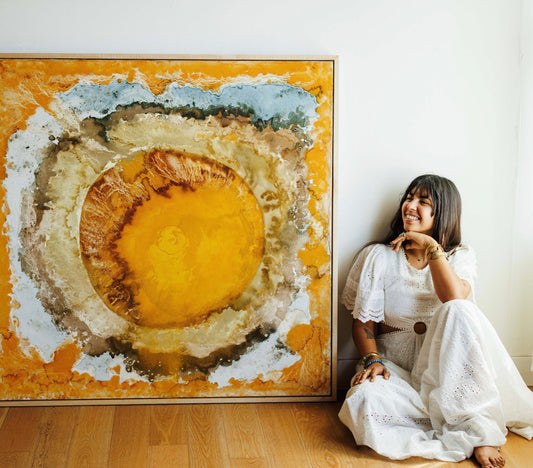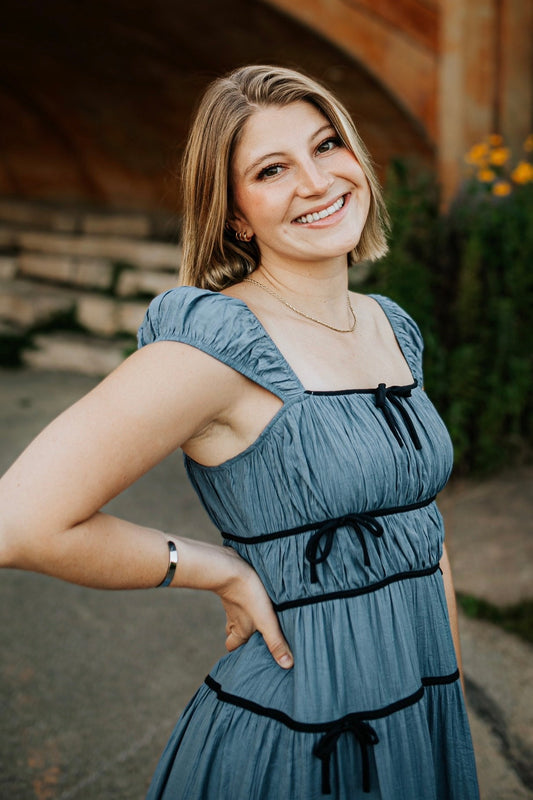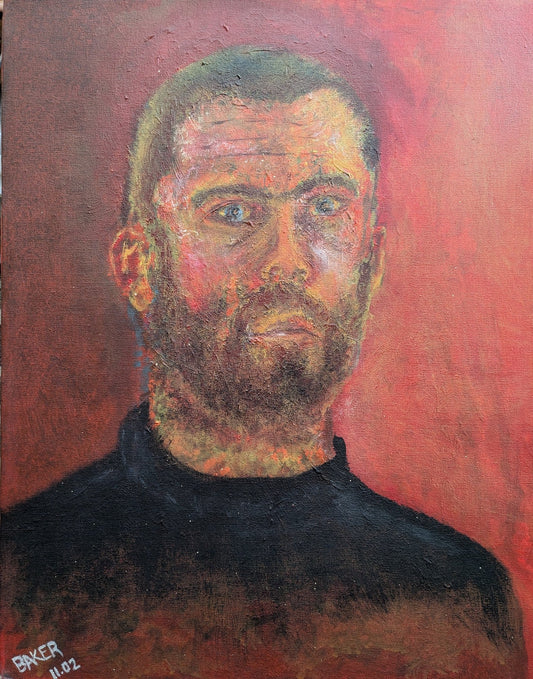Kim Keever is an American photographer known for capturing the interaction between gallons of water and vibrant paints. According to Keever, he remembered being in first grade and enjoying making art “partly just for the sake of it and partly because [he] was better than the other kids.” However, despite his love for making art, Keever initially pursued a different career path. As a matter of fact, Keever attended Old Dominion University in Norfolk, VA and received a degree in thermal engineering. Even though Keever was a successful engineer “working primarily on NASA projects,” he realized that it wasn’t what he wanted to do in life. “It wasn’t until much later in life after going through most of a graduate degree in engineering that I realized it really wasn’t what I wanted to do,” Keever stated during his interview with Waterhouse & Dodd. By the late 1970s, he decided to follow his true passion and switched careers as a full-time photographer.


Keever began his artistic career as a photographer on the Lower East Side of Manhattan in New York City. According to Keever, he started with “landscape forms out of plastic plants, model railroad trees with plaster mountains and placing them in the water tank… with paint clouds in the water,” to photograph them. He would create these “other-worldly landscapes” that are reminiscent of the Hudson River School and the German Romantic painters, according to Waterhouse & Dodd. Eventually, he started making plaster heads and incorporated the same process as his landscape artworks. It wasn’t until 2013, out of sheer curiosity, Keever decided to just pour paint in his massive 200 gallon water tank and ended up being happy with the result. Ever since then, Keever continues to make these abstract photographs and surprise himself every result. According to Keever, “One reviewer called me an ‘underwater Jackson Pollock’”.
Even though Keever switched careers, he still incorporates his initial vocation “by retaining a scientific and innovative process in his artistic work.” According to Keever, all his works are experimental. “I never know what I’m going to get until I have gone through the process,” Keever said—spoken like a true engineer.

With the way Keever approaches his process, it does resonate with a partial scientific method that everyone learned during science classes. First, Keever starts with an observation. According to him, his best ideas come from simply walking around his neighborhood and letting his mind get lost in its surroundings. “Sometimes I find things on the street that I can put into the 200 gallon aquarium as props,” Keever said. Once an idea is formed and materials have been gathered, Keever starts his experimentation. With his aquarium filled, Keever pours paint and allows “the paint to flow downward through the water” and from there, he begins to take pictures to capture the interaction of various colors. “It’s a very random process and occasionally I see something I haven’t seen before. That’s what I’m really looking for,” Keever stated. Once he’s satisfied with his creation, he shares his ethereal yet abstract photographs to the public.
When looking at his artworks, you can’t help but be amazed and surprised that the images you are looking at are not done with a particular brushstroke technique but with just paint and water. The way the colors intertwine with each other when poured over in a massive 200 gallon water tank creates this smokey or cloud-like effect. Our eyes seem to deceive us by thinking that the colors in the photographs are constantly moving, akin to a lava lamp. The more colorful and vibrant the image is, the more our eyes are drawn to it. At the same time, when looking at his other artworks for a little bit longer, the more our minds see an image. For example, in Abstract 13889, it initially seems like just a smoke-life effect image between the black and fuschia pink colors. However, the more you look at it, the more you can see a woman, as if dancing with her left arm up in the air, in the middle of the photo.

According to Waterhouse & Dodd, Keever’s artworks have been in various collections, both in public and in private, one of which is the famous Metropolitan Museum of Art in New York. Keever’s artworks have also gained international recognition and have collections shown in other countries, like in Alfred Ehrhardt Foundation in Berlin.
Like any artist before him, Keever is constantly surrounded by inspirations and influences. For him, his mother had such a “strong influence” that led him to follow his passion for the arts. According to Keever, his mother has always claimed that her son is an artist and would proudly tell her friends about it. Keever also admitted that he is also inspired by Picasso because of “his ability to make so much work in so many areas of artistic endeavors.”
To view more of his abstract arts and recent works, follow Kim Keever’s Instagram @kimkeever.art or visit his website.
©ArtRKL™️ LLC 2021-2023. All rights reserved. This material may not be published, broadcast, rewritten or redistributed. ArtRKL™️ and its underscore design indicate trademarks of ArtRKL™️ LLC and its subsidiaries.





